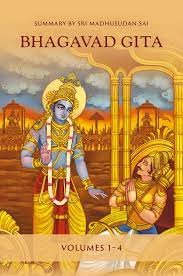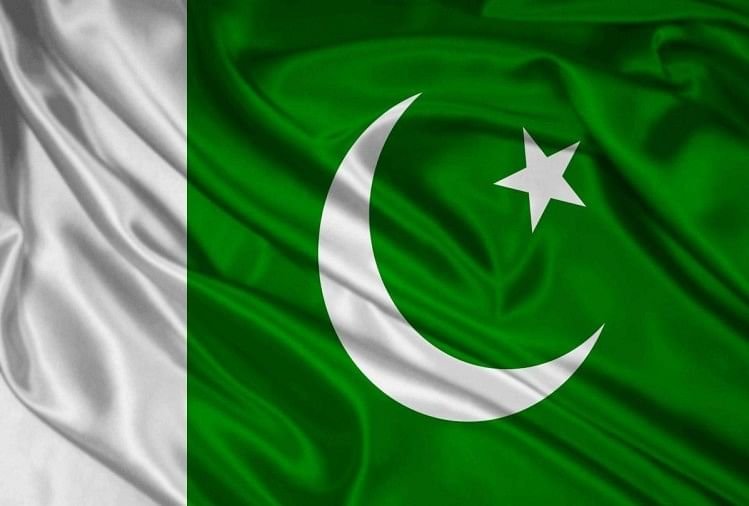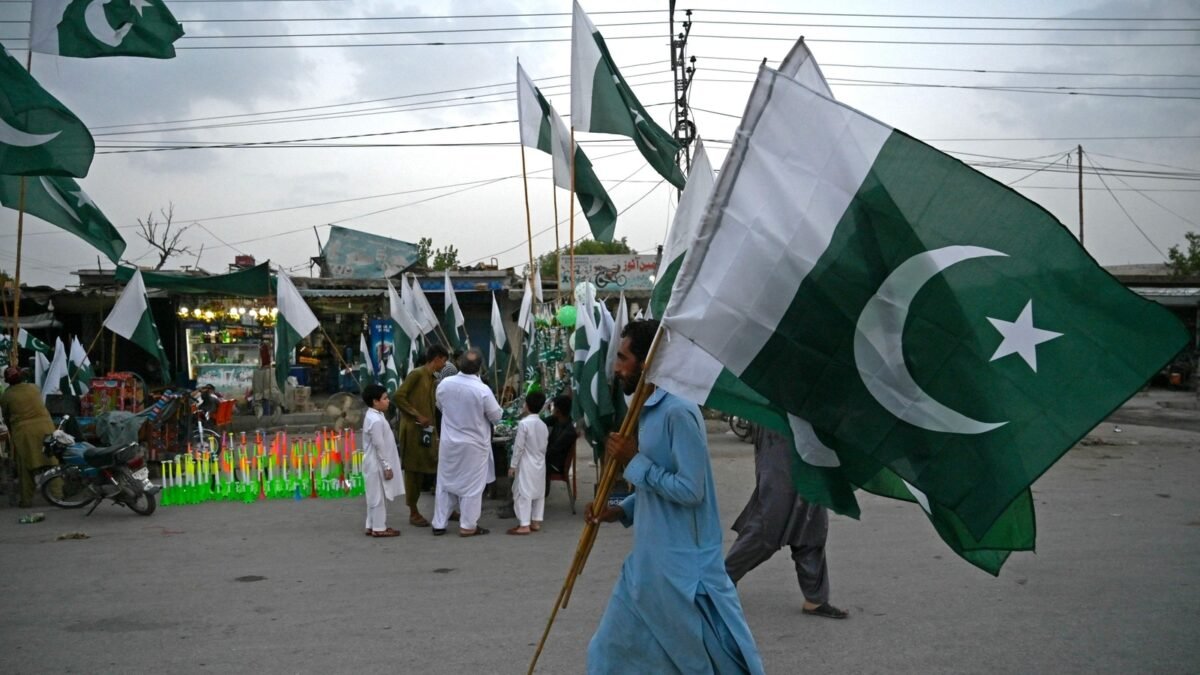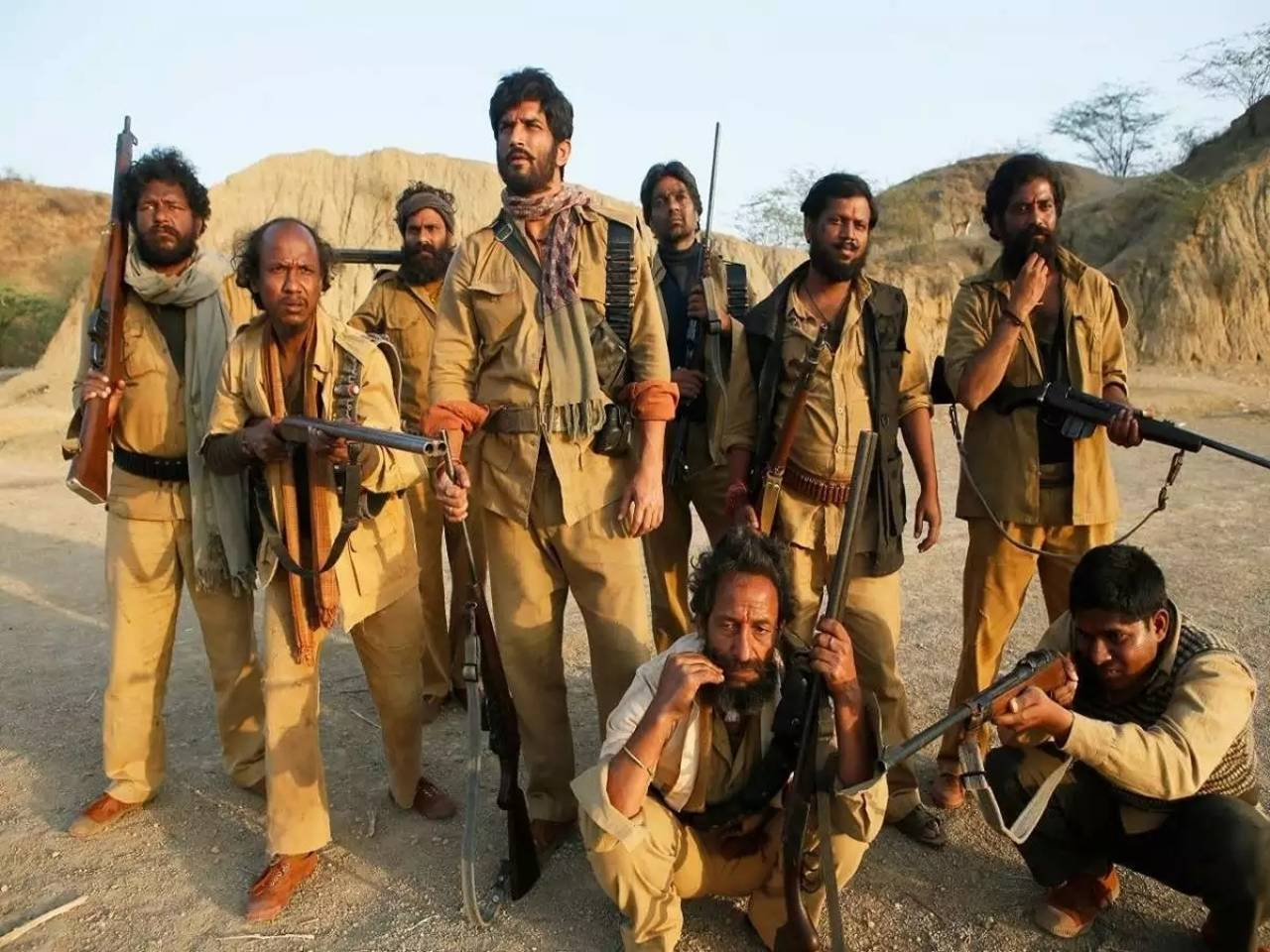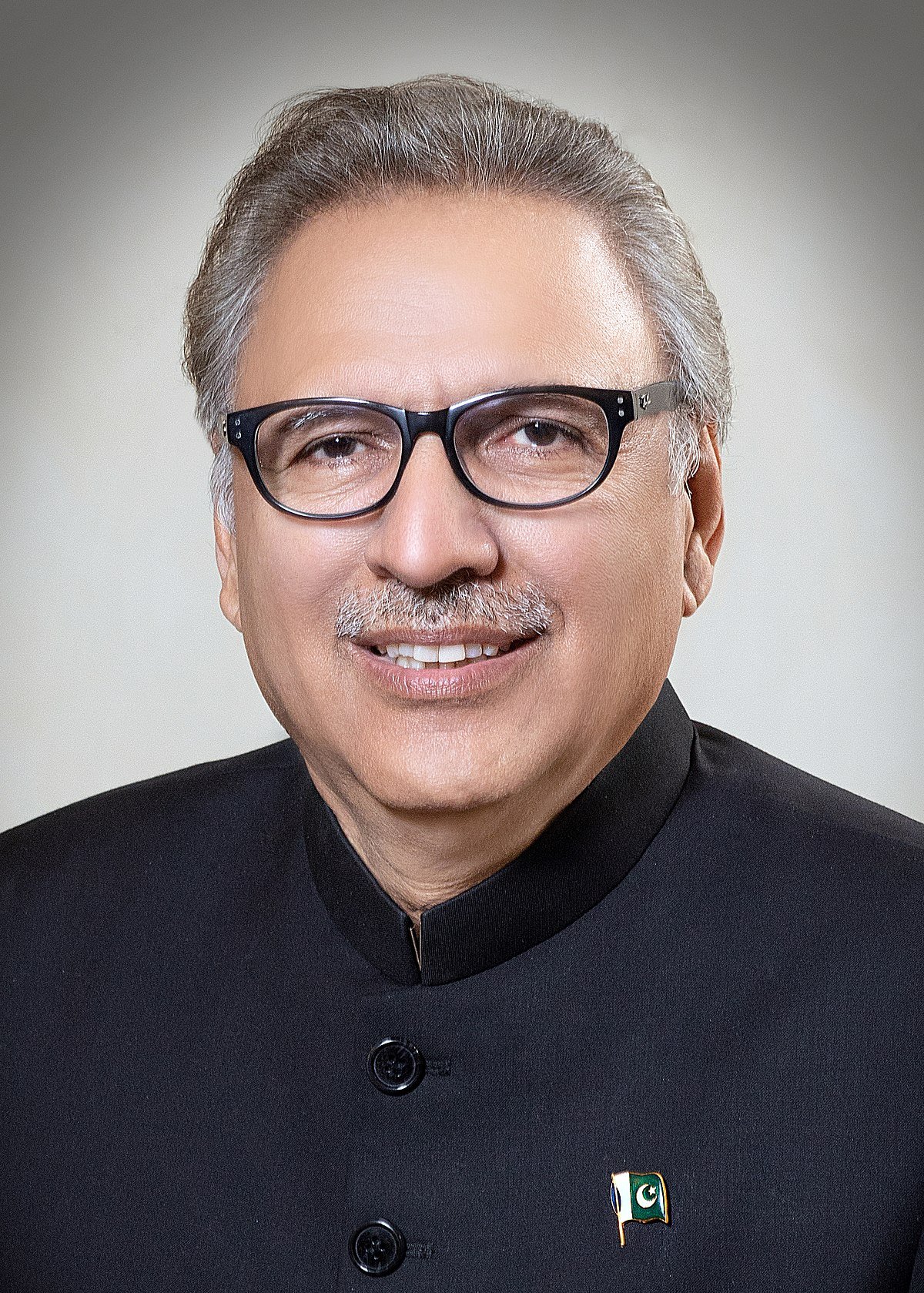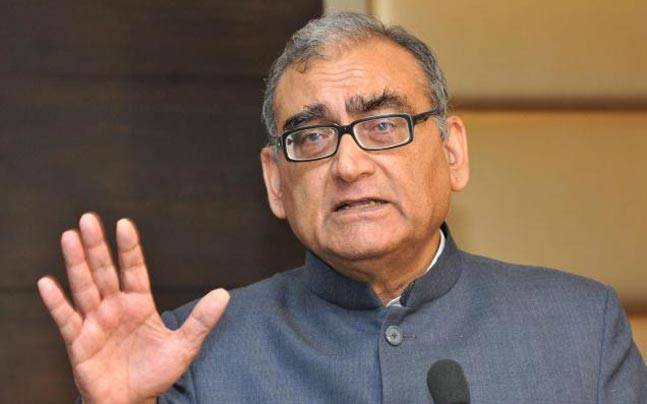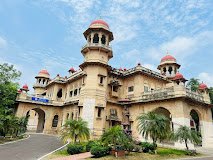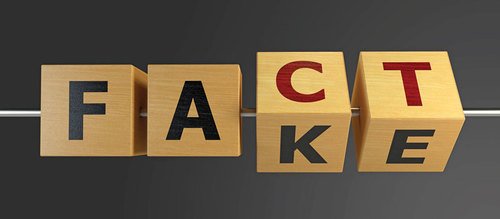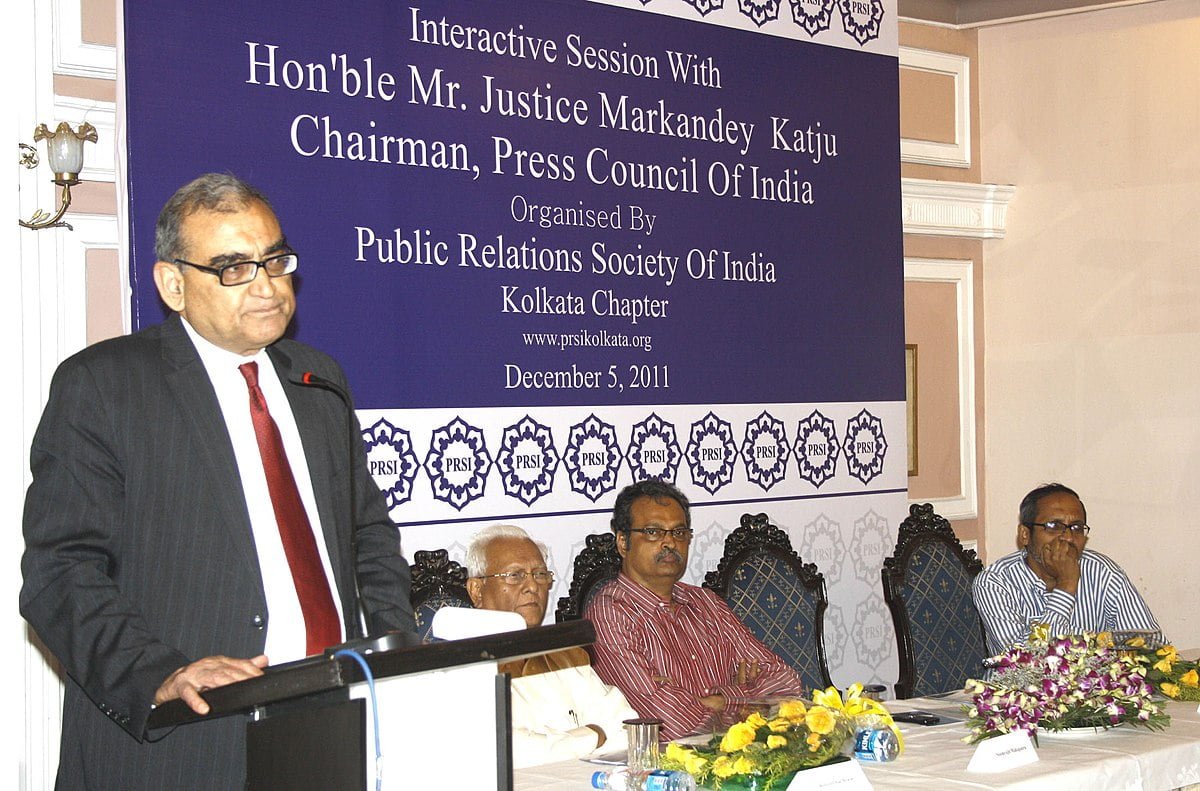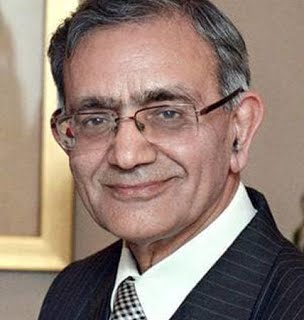After former Prime Minister of Pakistan Imran Khan was ordered to be released on bail in the toshakhana case by the Islamabad High Court he was rearrested in the cypher case, and will be tried in Attock jail where he has been incarcerated.
The question is whether such a trial away from the public gaze is valid ? In my opinion it is not.
The Greek philosopher Plato in his book ‘Laws’ said that justice is not a private affair, and so citizens should be allowed to attend court proceedings. Similarly, the German philosopher Hegel said that judicial proceedings must be public, since the aim of the court is to do justice, which is universal.
A Constitutional Bench of Indian Supreme Court in Naresh Shridhar Mirajkar & Ors Vs State of Maharashtra (1966 3 SCR 744) laid down the importance of open court proceedings.
The Court held :
“It is well-settled that in general, all cases brought before the Courts, whether civil, criminal, or others, must be heard in open court. Public trial in open court is undoubtedly essential for the healthy, objective and fair administration of justice. Trial held subject to the public scrutiny and gaze acts as a check against judicial caprice or vagaries, and serves as a powerful instrument for creating confidence of the public in the fairness, objectivity, and impartiality of the administration of justice.
Public confidence in the administration of justice is of such great significance that there can be no two opinions on the broad proposition that in discharging their functions as judicial tribunals, Courts must generally hear causes in open and must permit public admission to the courtroom.”
Similarly, in Chief Election Commissioner vs MR Vijaykumar ( 2021 ) the Indian Supreme Court observed :
” Courts must be open both in the physical and metaphorical sense. Save and except for in-camera proceedings in an exceptional category of cases, such as cases involving child sexual abuse or matrimonial proceedings bearing on matters of marital privacy, our legal system is founded on the principle that open access to courts is essential to safeguard valuable Constitutional freedoms.
The concept of an open court requires that information relating to a court proceeding must be available in the public domain. Citizens have a right to know about what transpires in the course of judicial proceedings. The dialogue in a court indicates the manner in which a judicial proceeding is structured. Oral arguments are postulated on an open exchange of ideas. It is through such an exchange that legal arguments are tested and analyzed. Arguments addressed before the court, the response of opposing counsel, and issues raised by the court, are matters on which citizens have a legitimate right to be informed. An open court proceeding ensures that the judicial process is subject to public scrutiny, which is crucial to maintaining transparency and accountability. In the functioning of democratic institutions this is crucial to establish the public faith in them ”.
In R. vs Socialist Workers Printers and Publishers, exparte Attorney General ( 1974 ) Lord Widgery observed :
” The great virtue of having the public in court courts is that discipline which the presence of the public imposes upon the court itself. When the court is full of members of the public it is bound to have the effect that everybody is careful about what they do, and there is a disciplinary effect on the court which would be totally lacking if there were no critical members of the public or press present. When one has an order for trial in camera, all the public and press are evicted at one fell swoop, and the entire supervision by the public is gone. Public scrutiny fosters confidence in the process. Public discussion and criticism works as a restraint on the conduct of a judge ”.
Similarly, in Naresh Shridhar Mirajkar vs State of Maharashtra ( 1966 ) CJI Hidayatullah observed :
” Hearing in open court of causes is of the utmost importance for maintaining confidence of the public in the impartial administration of justice: it operates as a wholesome check upon judicial behaviour as well as upon the conduct of the contending parties and their witnesses. An open court serves an educational purpose as well. The court becomes a platform for citizens to know how the practical application of the law impacts upon their rights ”.
The virtues of openness were discussed by the Supreme Court of Canada in A.G. Nova Scotia v. MacIntyre which quoted eighteenth-century philosopher Jeremy Bentham:” In the darkness of secrecy, sinister interest and evil in every shape have full swing. Only in proportion as publicity has place can any of the checks applicable to judicial injustice operate. Where there is no publicity there is no justice. Publicity is the very soul of justice. It is the keenest spur to exertion and the surest of all guards against improbity. It keeps the judge himself while trying under trial ”.
According to the Supreme Court of Canada in Vancouver Sun (Re), the open court principle enhances the public’s confidence in the justice system:” Public access to the courts guarantees the integrity of judicial processes by demonstrating that justice is administered in a non-arbitrary manner, according to the rule of law. Openness is necessary to maintain the independence and impartiality of courts. It is integral to public confidence in the justice system and the public’s understanding of the administration of justice. Moreover, openness is a principal component of the legitimacy of the judicial process and why the parties and the public at large abide by the decisions of courts ”.
The open court principle has long been recognized as a cornerstone of the common law in the UK. In its 1913 decision in Scott v. Scott, the House of Lords noted the right of public access to the courts is “one of principle, turning not on convenience, but on necessity”. Viscount Haldane L.C., noted that “Justice is not a cloistered virtue”.
In the 1936 decision of Ambard v. Attorney-General for Trinidad and Tobago, Lord Atkin noted “Publicity is the very soul of justice. It is the keenest spur to exertion, and the surest of all guards against improbity.”[
Thus, all over the world it is accepted that court proceedings should ordinarily be open to the public gaze, except in some cases like sexual offences, child molestation and matrimonial proceedings. Unlike hearings by bureaucrats of public grievances, which can be in their offices behind closed doors, ordinarily all court proceedings must therefore be open to public view.
Section 352 of the Code of Criminal Procedure, Pakistan states :
” Courts to be open: The place in which any Criminal Court is held for the purpose of inquiring into or trying any offence shall be deemed an open Court, to which the public generally may have access, so far as the same can conveniently contain them:
Provided that the Presiding Judge or Magistrate may, if he thinks fit, order at any stage of any inquiry into or trial of, any particular case, that the public generally, or any particular person, shall not have access to, or be or remain in, the room or building used by the Court ”.
Thus this provision accepts the general principle that criminal trials should ordinarily be in open court, to which the public should have access.
The exceptions may be, as mentioned above, in cases of sexual offences, child molestation, matrimonial cases etc but Imran Khan’s cypher case does not fall in these exceptional categories.
An exception cannot override the general rule. If it was felt that a huge crowd will come if Imran Khan is tried in open court causing law and order problems, security arrangements could surely have been made. Also restriction on the number of people who are granted entry into the courtroom could have been placed, as in the Eichmann trial of 1961 in Israel in which too the people wanting to attend was far in excess of the seating capacity in the courtroom, and hence lots were drawn, and only those who got tickets were granted entry.
It is obvious that the real reason for not holding the trial in open court was the fear in the minds of the Pakistan Establishment that public viewing of the brave man whose spirit could not be crushed by his incarceration would further increase his popularity. However, to my mind this cannot be said to be a valid reason for not holding the trial in open court

